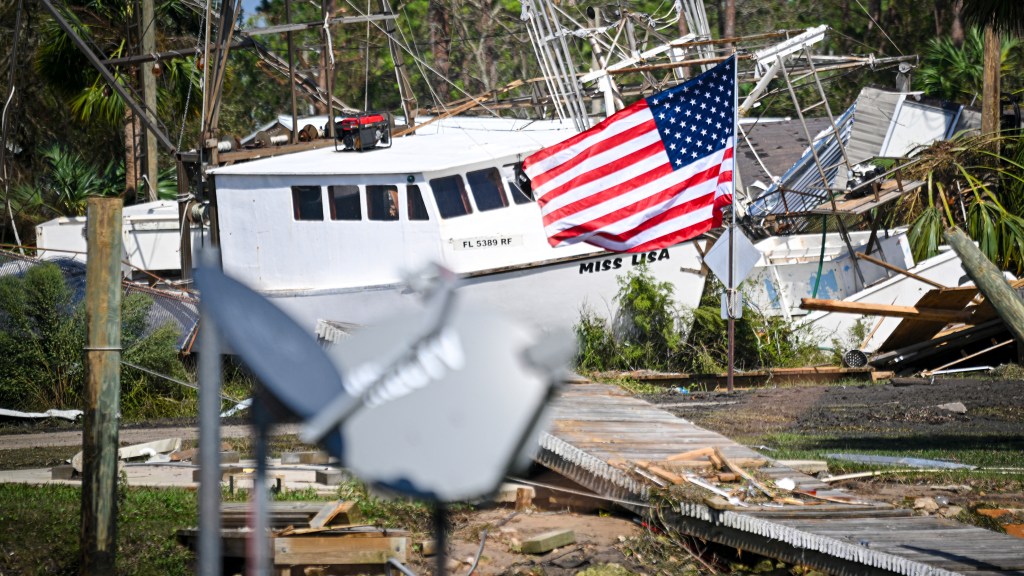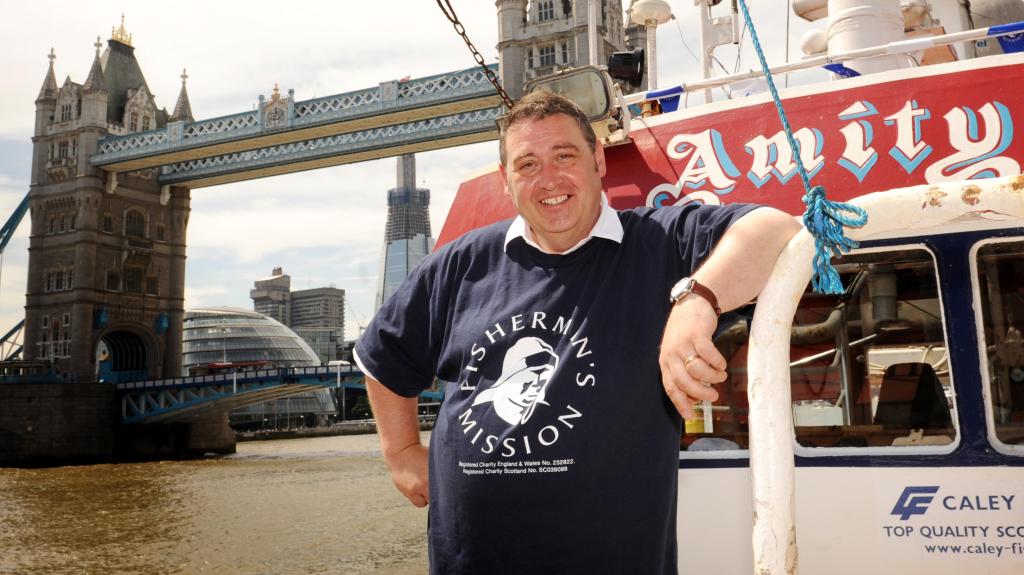Insurance Giants Mitigate Impact of Recent U.S. Hurricanes
The recent hurricanes and storms that have impacted the United States, Canada, and Europe are predicted to result in losses totaling up to $315 million for two prominent firms operating in the Lloyd’s of London insurance market.
On Wednesday, Beazley reported that it was still evaluating its exposure but anticipated that net losses from claims related to damage caused by hurricanes Helene in September and Milton last month would be between $125 million and $175 million, after accounting for reinsurance.
Another Lloyd’s insurer, Lancashire, informed its investors that it expects net losses reaching between $110 million and $140 million. This figure includes impacts from hurricanes Helene and Milton, along with Hurricane Debby that struck the U.S. in August, a significant hailstorm in Calgary, Canada during the same month, and Storm Boris, which led to extensive flooding in central Europe in September.
According to Lancashire, the third quarter was notably active in terms of natural disasters, and that identifying loss figures following such events can be a time-consuming process.
Climate scientists have raised alarms about the effects of climate change, indicating a rise in the occurrence of extreme weather phenomena. Lloyd’s, the oldest and largest insurance market globally, continuously engages in insuring natural catastrophe risks.
The Lloyd’s market comprises independent insurers like Beazley and Lancashire, covering a variety of risks, from cyber threats to maritime piracy. With origins dating back to the 17th century, Lloyd’s has also famously offered coverage for unconventional assets, including the legs of actress Marlene Dietrich and the hands of Rolling Stones guitarist Keith Richards.
Founded 38 years ago and headquartered in London, Beazley is valued at £4.9 billion and is part of the FTSE 100 index. The company stated that, despite the anticipated claims from hurricanes Helene and Milton, it remains on track to achieve a combined ratio around 80% for the year. This positive outlook led to a 1% increase in its share price, closing at 778p. A combined ratio under 100% indicates profitability in an insurer’s operations.
Shareholders were also encouraged by signals that Beazley might return a larger portion of cash to investors. The company is anticipating “slightly lower growth” in the coming year, suggesting that “capital which cannot be profitably deployed will be returned to shareholders.”
Similarly, the expectation of significant cash returns has led to a 6.5% surge in Lancashire’s stock, which rose by 41p to 670p, placing its market valuation at £1.6 billion. This is following the insurer’s announcement of a special dividend of 75 cents per share, amounting to $180 million.
Like Beazley, Lancashire does not foresee its catastrophe losses impacting its full-year combined ratio, which is expected to fall into the “higher end” of its previously estimated mid-80s range. Chief Executive Alex Maloney expressed confidence in the company’s performance as it approaches the end of 2024.
In the nine months leading to the end of September, Lancashire reported a 9% year-on-year increase in gross written premiums, totaling $1.7 billion. Meanwhile, Beazley recorded a 7% rise in insurance written premiums, reaching $4.6 billion for the same timeframe.
Adrian Cox, Chief Executive of Beazley, indicated that the firm had minimal exposure to the flooding that affected Valencia, Spain, in the past week.
Additionally, Beazley noted an escalation in the severity of ransomware claims within the cyber insurance sector, as the impact of such attacks on businesses continues to escalate, leading to more significant disruptions.




Post Comment